Gaelic schools thrive while native language declines
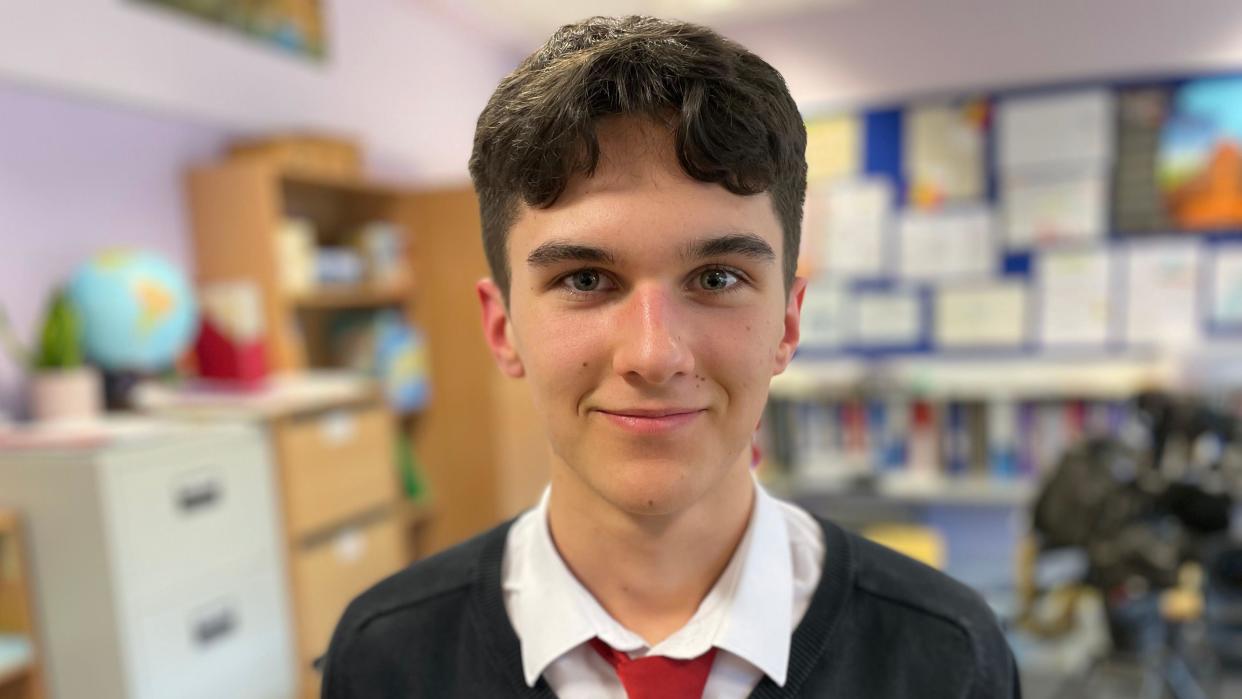
The number of people using Gaelic has increased across Scotland despite a decline in the language's heartland, according to the the latest census data.
Experts say the increase in Gaelic medium education (GME) accounts for the rise.
However, Gaelic is now a minority language in the Western Isles - while 52% reported speaking Gaelic in 2011, the figure in 2022 was 45%.
Deputy First Minister Kate Forbes told BBC Scotland that Scottish Gaelic was part of a "modern, diverse Scotland".
Ms Forbes – who is also minister for Gaelic – said she was “extremely optimistic” about the future of the language.
Scotland’s Census found that 2.5% of people aged three and over had some skills in Gaelic in 2022, an increase of about 50% on the figures for 2011 and 2001.
In Na h-Eileanan Siar - the Western Isles - 57.2% had some Gaelic skills even if they were not speaking the language.
This was far higher than in neighbouring areas - in the Highland council area 8.1% had some Gaelic skills while in Argyll and Bute the figure was 6.2%.
In all other council areas it was below 3%.
Students, teachers and academics involved in learning and teaching the language across Scotland have told the BBC more needs to be done to push it beyond the classroom and revive it in the community.
While some expressed optimism, others fear it is an endangered language – and one even went as far as to say it may cease to exist by the end of the decade.
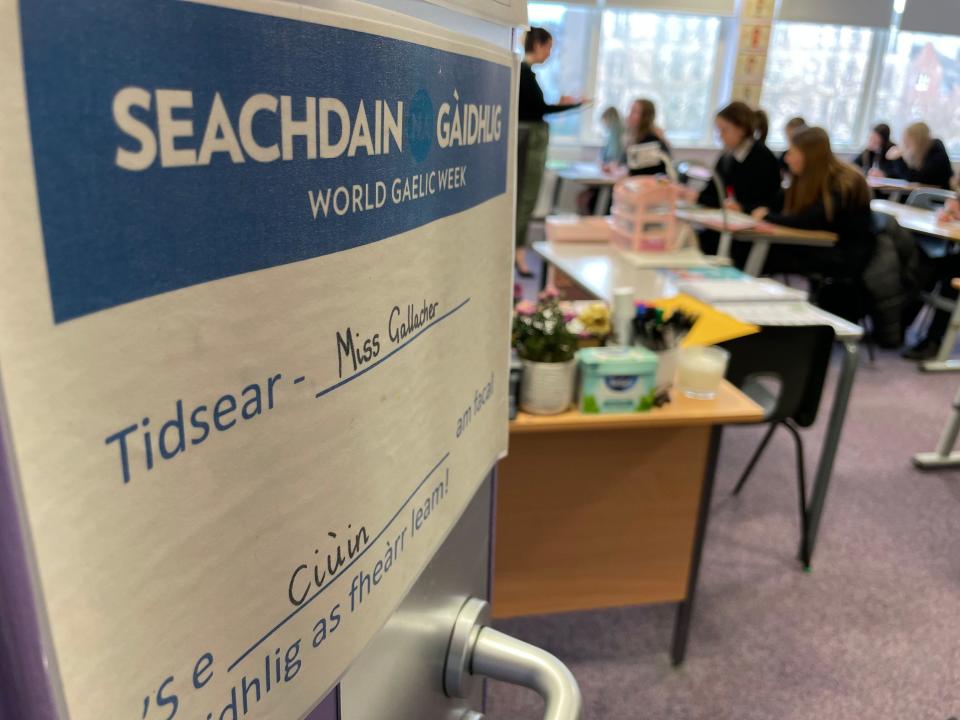
Glasgow Gaelic School, or Sgoil Ghàidhlig Ghlaschu, takes children from nursery through to high school, and is the only Scots Gaelic secondary school in the world.
All secondary education - whether that is maths, science or PE – is conducted in Gaelic when staffing allows.
The teachers believe the focus on that one language has helped children develop in other areas.
“We have children in here who speak four or five languages and don’t even break a sweat,” says head teacher Gillian Campbell Thow.
She is the first non-heritage Gaelic speaker to take on the role, learning it as an adult rather than growing up surrounded by it.
She taught French and Spanish for a long time and studied German too before developing a love for the Gaelic language and culture and getting “pulled in”.
The pupils share her enthusiasm.
“Everyone in the school is bilingual, if not trilingual or more,” said Benny, who is 16 and has three languages under his belt already.
He attends the school even though nobody in his household is a native Gaelic speaker.
“My mum is from Cuba so we speak Spanish at home,” he says. "And the idea of going to a bilingual school really interested my parents.”
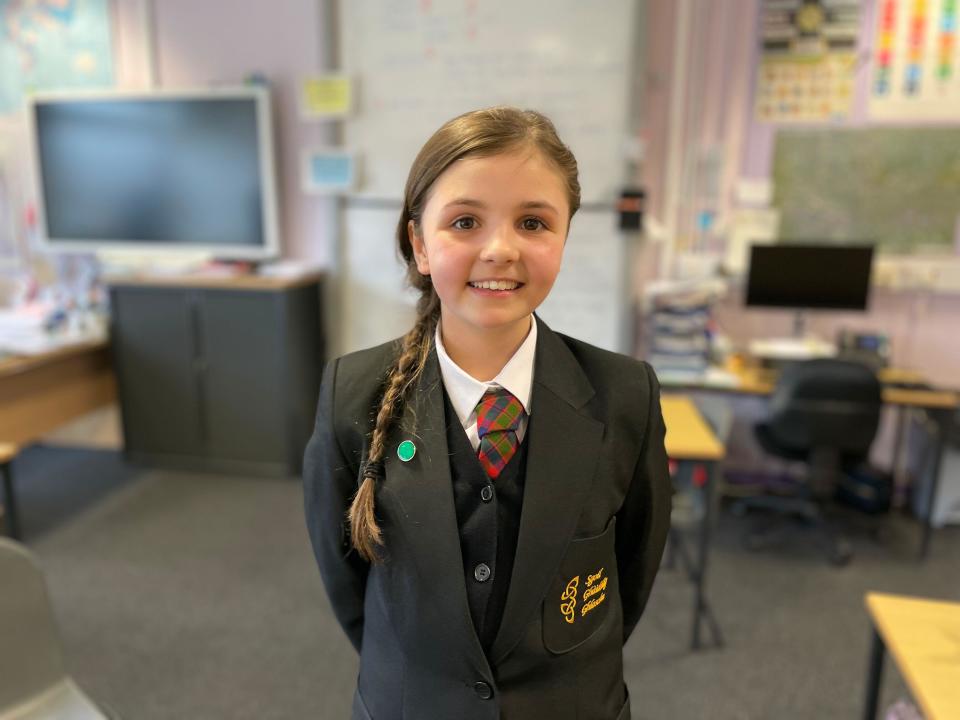
The learning overlaps in unusual ways too.
“In high school we learn French from Gaelic,” says 12-year-old Kayla. “So that’s us learning a language from another language we’ve already learned.”
The school had around 200 pupils and 17 teachers in 2012. Ten years later it had more than 400 pupils and 30 teachers.
It shares its large concrete and glass building near Glasgow’s West End with a primary school of the same name, which the BBC understands will eventually be moved elsewhere by Glasgow City Council to make room for more high school pupils.
This primary school is now one of four Gaelic primaries in Scotland's largest city, but recent growth has led to a shortage of Gaelic-speaking teachers and no guarantee that children will be taught full-time in the language.
Last year year's inspection report for one of those schools - Glendale Gaelic School (Bun-sgoil Ghàidhlig Ghleann Dail) in the south of the city - graded it as satisfactory, citing a high turnover of staff.
Native speakers
All over Scotland there is evidence that GME is increasingly popular.
There have been new Gaelic units set up in English language schools and increased rolls in Gaelic schools.
In Edinburgh, the city’s Gaelic medium primary school saw growth from 214 pupils and 9 teachers in 2012, expanding to 404 pupils with 19 teachers a decade later.
The numbers have grown in Inverness and Fort William as well.
But no longer is it commonplace to hear Gaelic being spoken, as the main language, in the middle of Cromwell Street in Stornoway.
Native speakers are clustered on Scotland’s islands and in the north and west of the country.
According to the 2022 census, the majority of residents aged over three in Na h-Eileanan Siar had some Gaelic skills (57.2%).
However, the number of people speaking the language had dropped to 45% from the 52% recorded in the 2011 census, and the numbers also fell by 11% in the previous decade.
'Endangered language'
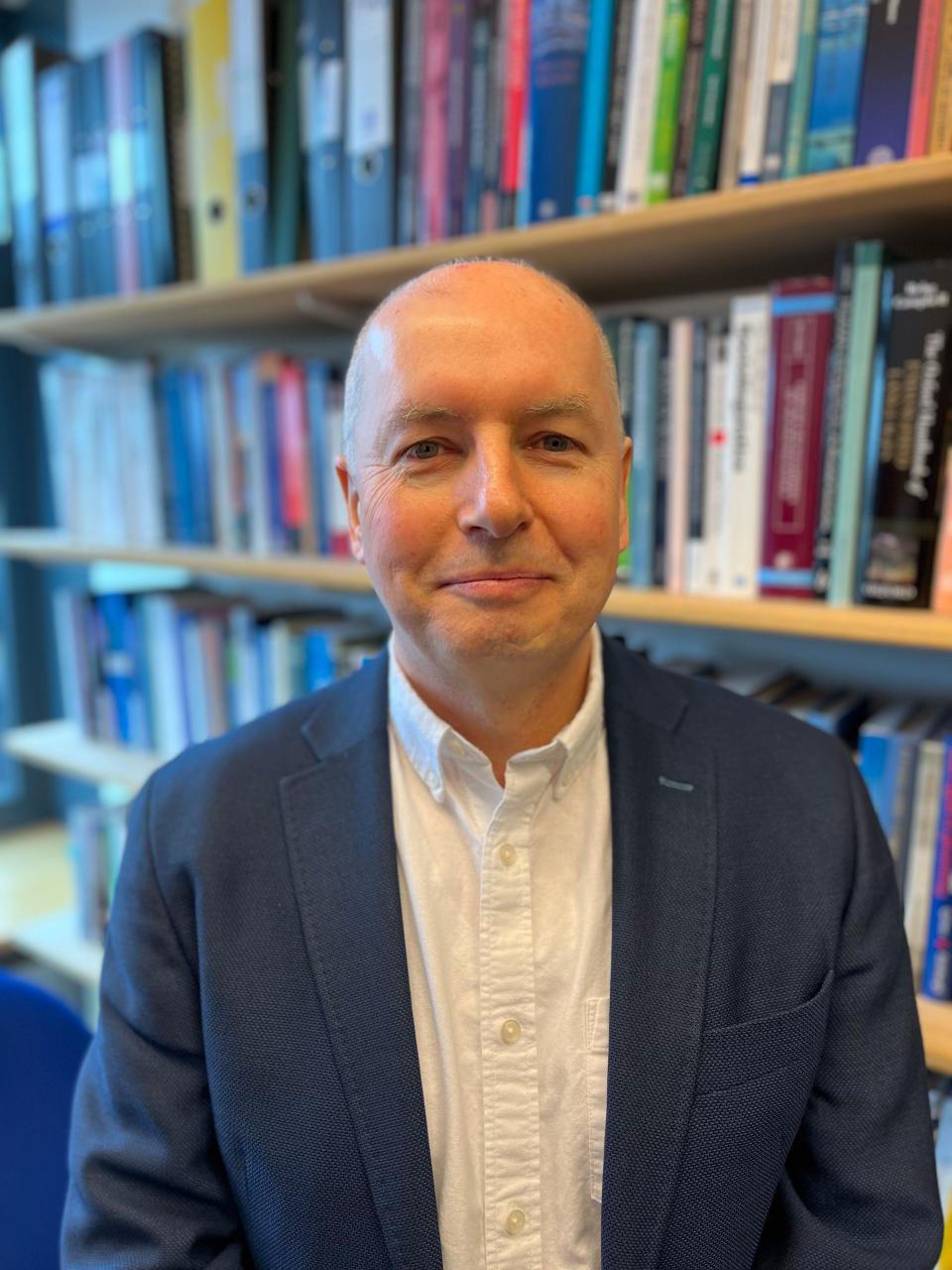
While for the older generation Gaelic would commonly have been their first language, English is now more dominant, the tongue of choice.
The falling numbers led world heritage body Unesco to class Gaelic as an endangered language.
This has been echoed by some academics, including Gaelic research professor Conchúr Ó Giollagáin from the University of the Highlands and Islands.
“Continuing with current circumstances, we will be faced with the position where we have no native-speaking communities of Gaelic left by the end of this decade, except for exceptional isolated speakers of it in different communities,” he said.
“But that does not equate with a community of speakers.”
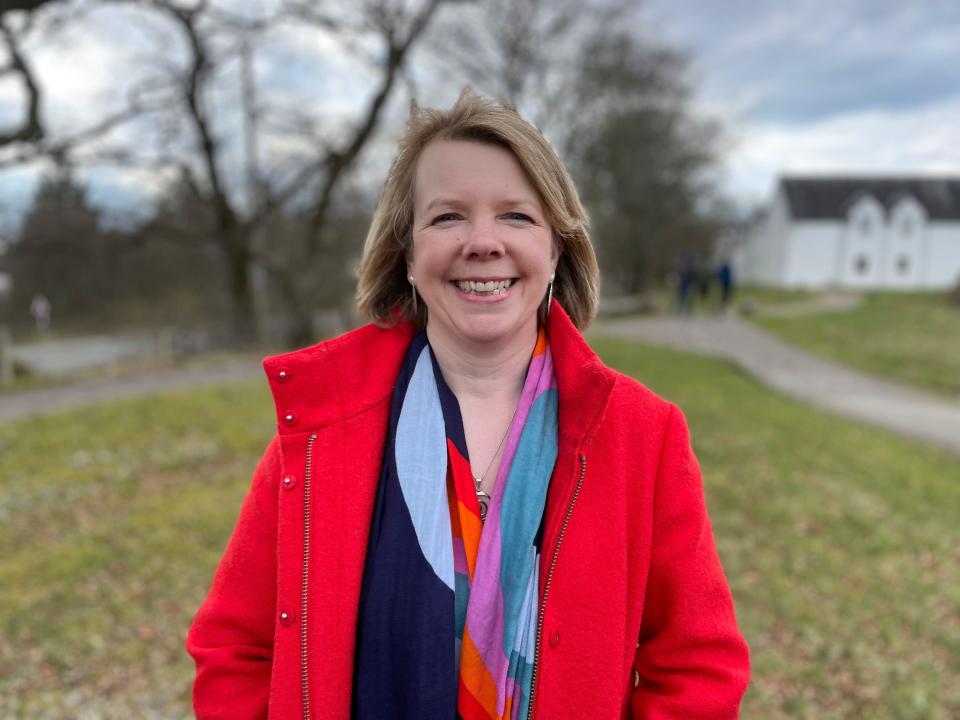
Sabhal Mòr Ostaig, on the Isle of Skye, is the National Centre for Gaelic Language and Culture.
Vice Principal Dr Marsaili MacLeod remains hopeful that the gap can be bridged between speaking Gaelic in schools and in the community.
“Gaelic medium has been very successful and I think that is at all levels,” she tells us.
“But a lot more needs to be done. We need to develop a cultural confidence and opportunities to use the language outside the school gates.
"Not easy because it's a minority language situation, so we need to create opportunities and Gaelic needs to be alive outside the classroom.”
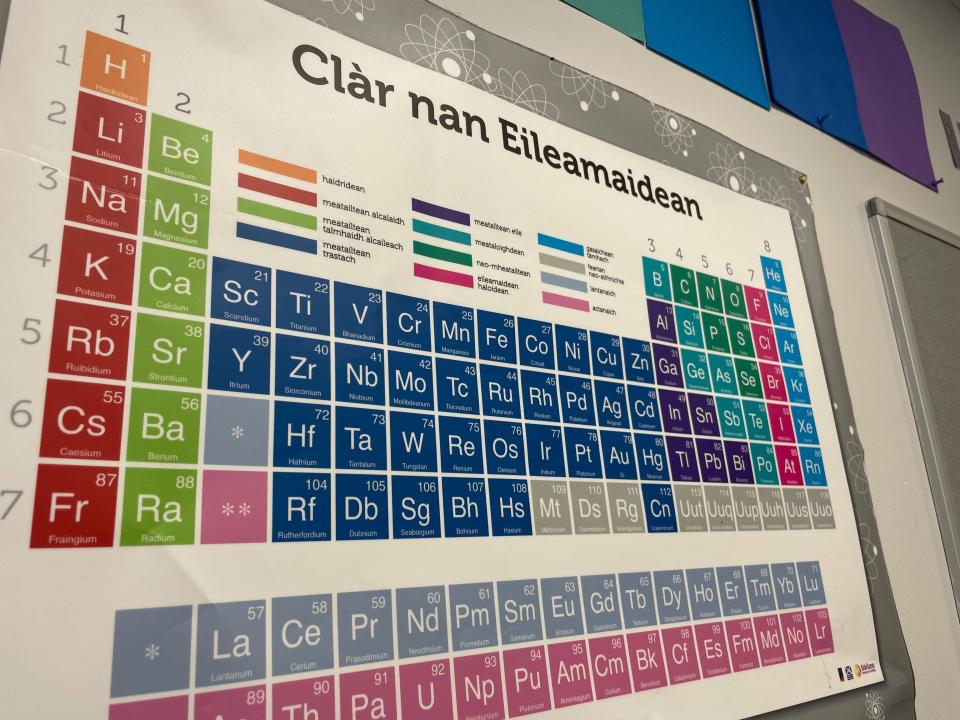
The Scottish government has promised additional funding to secure the jobs of 27 staff working in the community.
An initial payment of £175,000 was to be provided to the Gaelic development agency Bòrd na Gàidhlig to maintain the role of the community officers, who work to promote the Gaelic language and culture through local projects.
Government sources point towards the Scottish Languages Bill currently making its way through parliament as further evidence of their support.
Ms Forbes, who also has responsibility for Gaelic, said she was “extremely optimistic” about the future of the language but conceded it would take a “generational shift”.
She said it was still a “language of everyday use” in her constituency of Skye, Lochaber and Badenoch but said there was a “positive direction of travel” across Scotland.
“If you look at the last 10 years - think of the way Duolingo has taken off, Speak Gaelic - more learners studying the language and using the language.
"I use the language in my work and I took the oath to start this job as deputy first minister in Gaelic just last week so this is part of our modern, diverse Scotland and I think it is in the interests of all of us to continue to support it.”
For those embracing the Gaelic language and culture, particularly in Gaelic schools, they carry much responsibility on their young shoulders.
There is an increasing fragility surrounding it. The word cugallach, meaning uncertain, sensitive or precarious, is in some ways perfect to describe it.
Those pupils might wonder if there still time before the end of the decade to bridge that gap between education and community and ensure that the Gaelic language remains with us for many generations to come.

